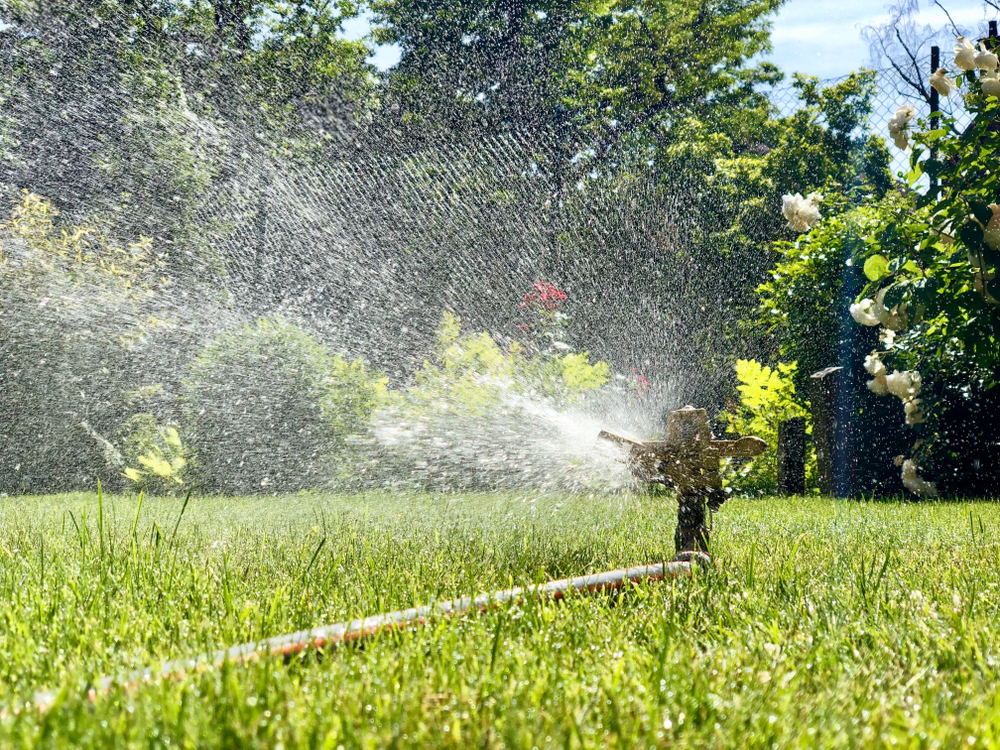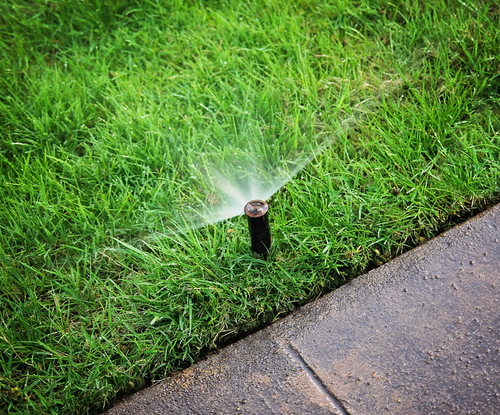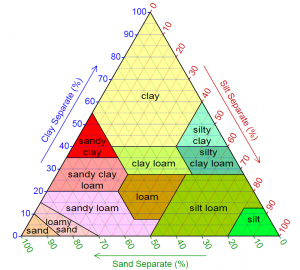
LEARNING HOW TO WATER YOUR GARDEN IN SOUTH FLORIDA…
To have a beautiful lawn and garden is a lot easier than you think. Learning How to water your garden in South Florida plays a major role in the success of having a flourishing green lawn and flower bed. It happens all too often that owners invest in beautiful plants and lay lush green sod, but become distraught by the end of summer when plants end up wilted or dead, and the grass now has brown spots, and looking very sparse with weeds creeping in to fill the voids.
Maintaining a healthy level of soil moisture is paramount if you want to protect your investment and help your garden to grow to a lush green healthy one.
– Nicco van der Walt
But water is expensive, and too much water will damage your garden just as much as no water. It is therefore important to install a proper sprinkler system – one that does not necessarily have to be expensive but has the right controls, such as a Rain Detector (Gauge), to stop the sprinkler system from watering when the Heavens give a helping hand.
Know The Soil Type
See the Soil Chart (below) as used by the US Department of Agriculture
To know how much watering is needed greatly depends on the type of soil in your garden. In Southern Florida, most gardens have sandy soil, which does not hold water very long. However, the diversity in soil types in this region is great. Knowing your soil type helps to determine the watering frequency of your garden, and the types of plants that will thrive in your particular soil.
Here with A List Of 5 Primary Soil Types – Loam Soil Being The Most Ideal Type:
- Clay Soil retains moisture for longest, with high levels of nutrients. However, it will compact very easily which makes it hard for roots to sprout and grow.
- Peat Soil is found in marshlands and the everglades. It contains high levels of nutrients, but most often retains too much water for general healthy root growth.
- Silt Soil is a mixture of Sand and Clay. It will hold moisture but will drain well only if there is enough sand mixed in.
- Sand Soil generally contains more than 85% sand particles. This causes moisture content to filter through much faster than other soil types, and therefore drains the nutrient content too.
- Loam Soil contains a balanced amount of Clay, Silt, and Sand. It allows for sufficient water drainage while still containing moisture and nutrients. It allows for the best water and air infiltration rate and is best suited for plant growth and agriculture..
Before we jump into the “How Much?”, please be sure to click on Lawn Watering Restrictions to know what the regulations are, so you can set your sprinkler system accordingly.
It’s also important to see the Water Efficiently post by the City Of Fort Lauderdale to understand the importance of a proper water conserving sprinkler system.
The Best Time Of Day
The early hours of the morning is the best time of day. Preferably between 4 am and 6 am. This will allow the water to absorb deeper into the soil with minimum evaporation, and will give the soil chance to dry out during the day. It is not a good idea to water late evenings as wet areas on the soil will encourage fungus and different diseases. Avoid watering during the hot hours of the day as this is when the most evaporation will occur, and the water will not seep as deep into the soil as needed. It is also expensive and a huge waste of valuable water resources.
The Frequency
Maintaining the correct frequency when watering your garden is very important. Do not make the mistake of watering your garden on a daily basis, as this will produce shallow grass roots. Shallow roots are not as strong and enduring as deep roots and will also cause your grass to dry out much quicker, and will leave the soil deprived from nutrients. Lawns that thrive are watered thoroughly and left for the soil to dry out between watering cycles.
With a suitable sprinkler system, the frequency should be set for about 1 hour long and twice a week during summer months (even three times a week during dry summer seasons). This will cause your grass to deepen their roots and will become much more resilient against drought.
A suitable sprinkler system will also allow for a uniform distribution over the entire surface of your lawn, thereby minimizing the threat of dry spots, or fungus in over watered areas.
During Winter, the frequency should be for about 1 hour long, and once per week, This should provide your garden with enough moisture as your plants and grass require less water than in the summer. Again, depending on how dry the season is, and the type of soil you have, you may need to vary the frequency to achieve the soil moisture level needed.
Always remember to check the moisture content of your soil. This will teach you what your garden is asking for. To determine the moisture level in your soil, take a spade and dig 10” to 12” next to the plants and feel the soil for moisture content.
For lawn, you need to sprinkle water 1” to 1 ½” during a cycle. This will allow the moisture to soak deeper to about 4” to 6” until the next watering cycle. This is the ideal conditions for healthy grass root germination and growth.
Please do not hesitate to contact Sprinkler Easy by phone or Email should you need any advise or service.
Until next time, Long Live Happy Gardens!!!
by Nicco van der Walt
Call Sprinkler Easy : 954-778-0088 or Visit our Website : www.sprinklereasy.com
At Sprinkler Easy, we believe each garden is unique in design. So, when u call us, we’ll schedule a visit to assess your property‘s : water pressure, flow rate and to produce a site plan to include: Sprinkler Heads Location, Pipeline Layout, and the Automated Control Station best suited for your garden – all in accordance with code.


